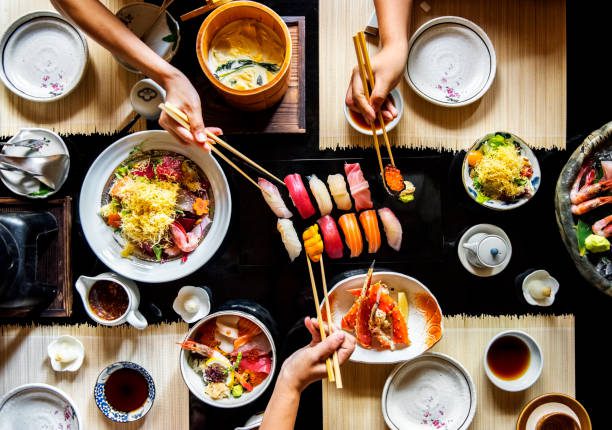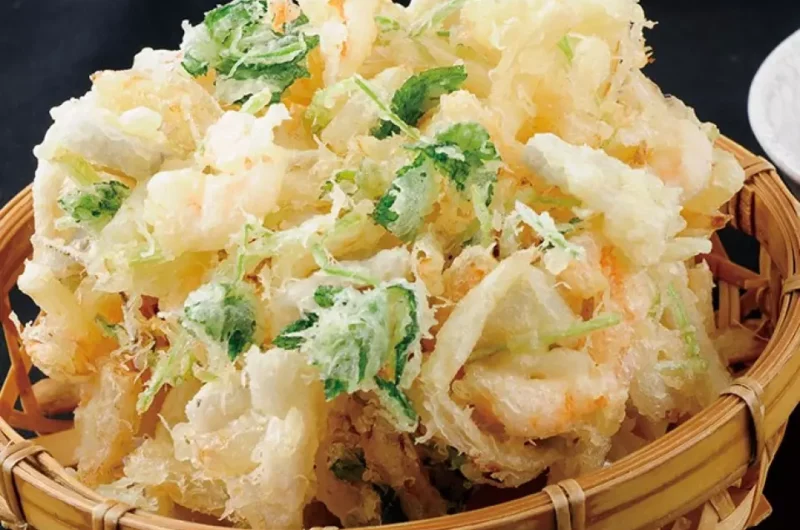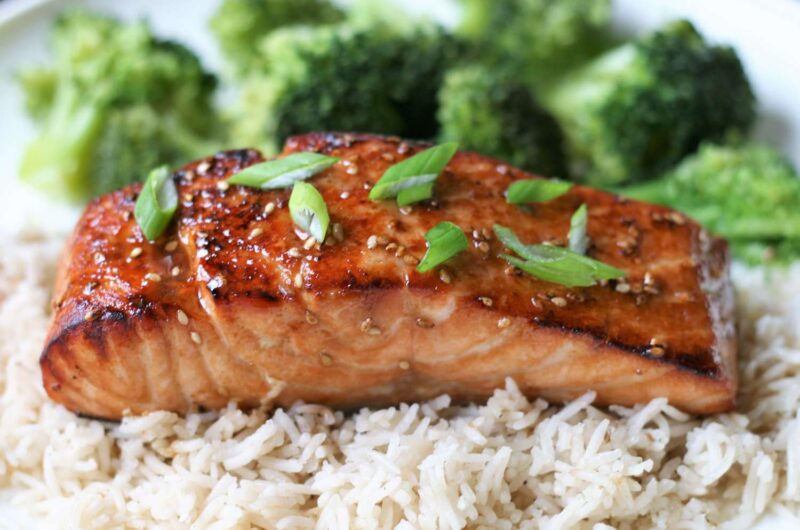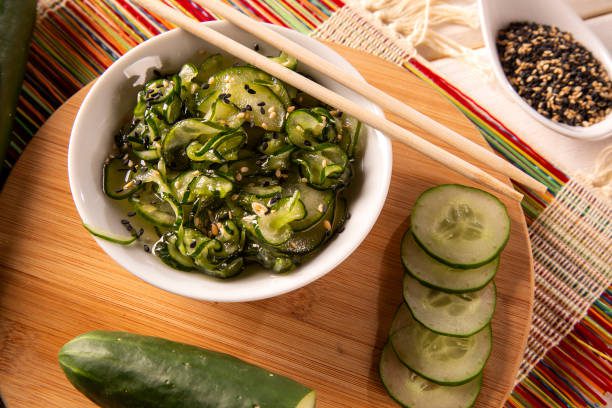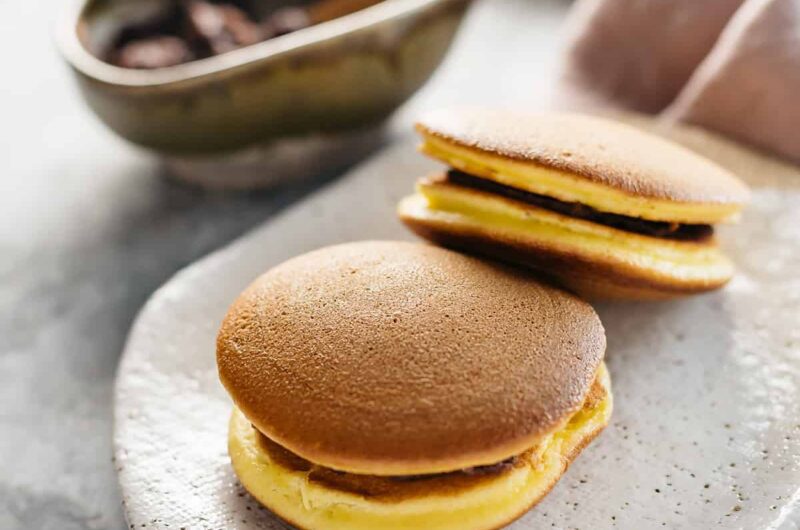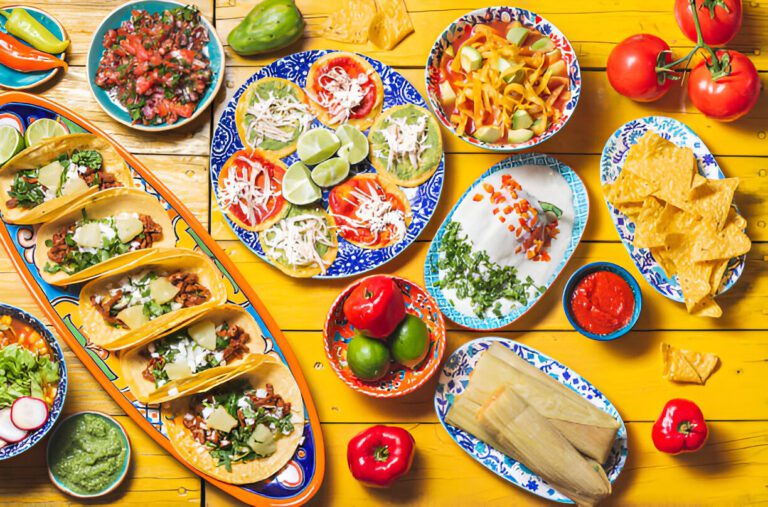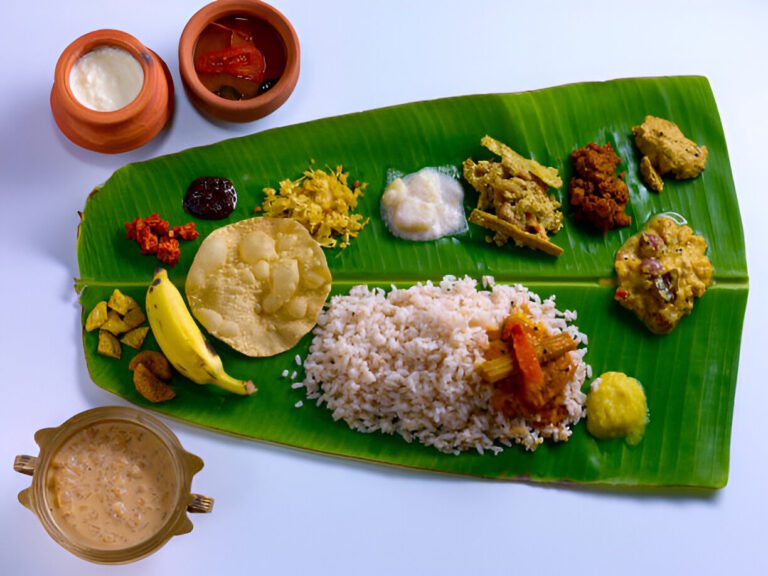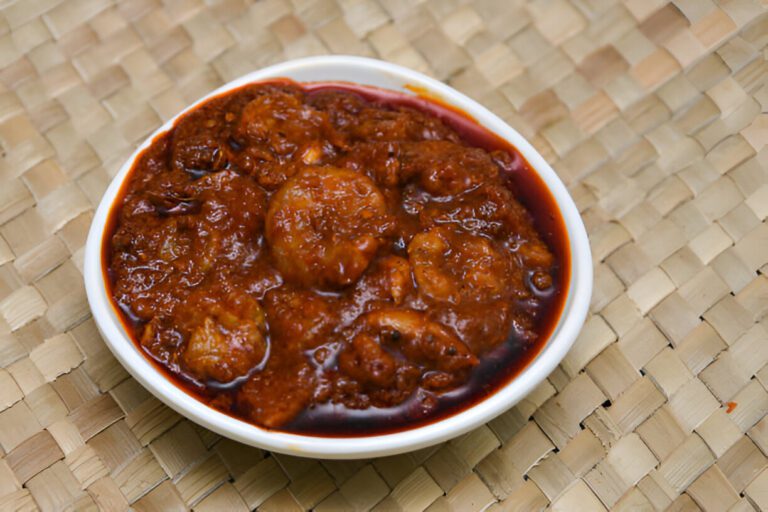Elegant. Minimalist. Deeply rooted in tradition. Japanese cuisine is a philosophy as much as it is a way of eating—a dedication to balance, aesthetics, and the inherent flavours of ingredients. From the bustling food markets of Tokyo to the serene tea ceremonies in Kyoto, it represents an intricate dance between simplicity and refinement.
At the heart of Japanese cooking lies the principle of “washoku”, a culinary harmony of five colours, five tastes and five cooking methods. The essence is not just about filling the stomach but nourishing the soul. Ingredients are chosen not only for their taste but also for their texture, colour and seasonality, reflecting a deep respect for nature.
Japanese cuisine effortlessly bridges tradition and modernity. While sushi and ramen have achieved global fame, the cuisine also encompasses nuanced dishes like kaiseki (multi-course haute cuisine), nabe (hot pot), and humble street food like takoyaki. Whether it’s a delicate piece of sashimi or a hearty bowl of udon, every dish tells a story of regional pride and seasonal awareness.
Japanese cuisine is an art form, defined by its commitment to fresh ingredients, seasonal cooking and visual harmony. From the crisp bite of tempura to the umami depth of teriyaki salmon, every dish is a mindful celebration of nature and craftsmanship. To eat Japanese food is to embrace simplicity, precision and an unwavering respect for the ingredients at hand.

